8. The Tales of Hoffmann (1951, Michael Powell & Emeric Pressburger)
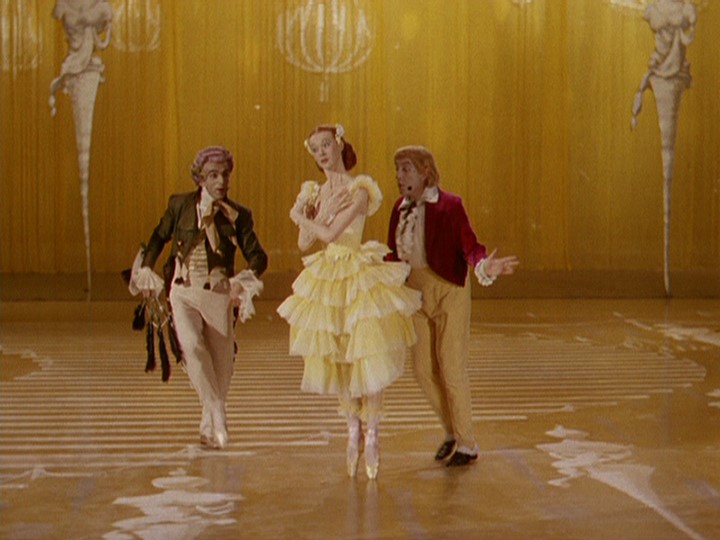
British filmmakers Michael Powell and Emeric Pressburger had worked together making some of the greatest British films of all time; their best-known films, like “The Red Shoes” and “Black Narcissus”, were famous for their stunning technicolor cinematography.
Their underappreciated 1951 film, “The Tales of Hoffmann”, introduced the cinema world to the term “composed film”, which means “composing” a film to music. Try to think of an extended version of the central dancing scene in “The Red Shoes”, and you will not be disappointed.
9. Blanche (1971, Walerian Borowczyk)
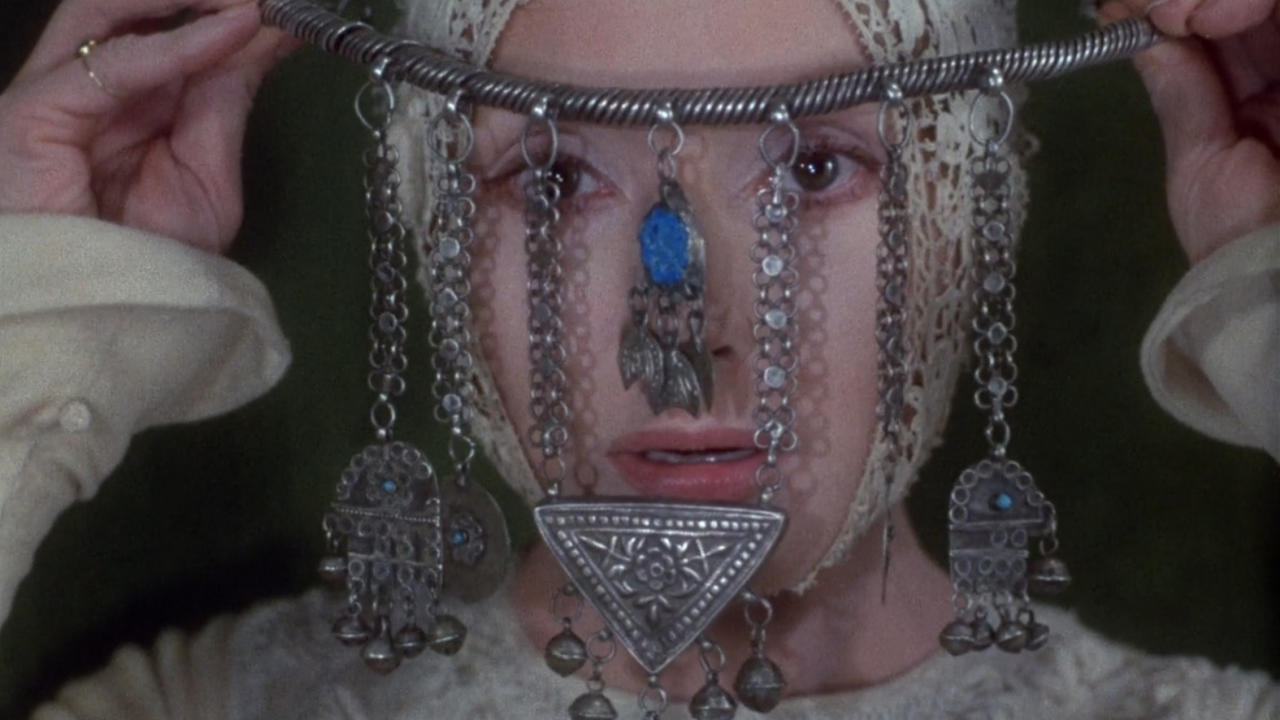
Walerian Borowczyk might be an unfamiliar name to most cinephiles. Often described by film critics as a “genius who also happens to be a pornographer,” he was actually quite well-known in his time for making extremely controversial movies.
It wasn’t until the Boro box-set release of UK’s “Arrow Film” did the younger generations start to appreciate his boldness and talent. His medieval classic “Blanche” was a gorgeous picture with beautiful set designs and exquisite composition. If you have never seen any of his films, this could be a good starting point.
10. Empire of Passion (1978, Nagisa Oshima)
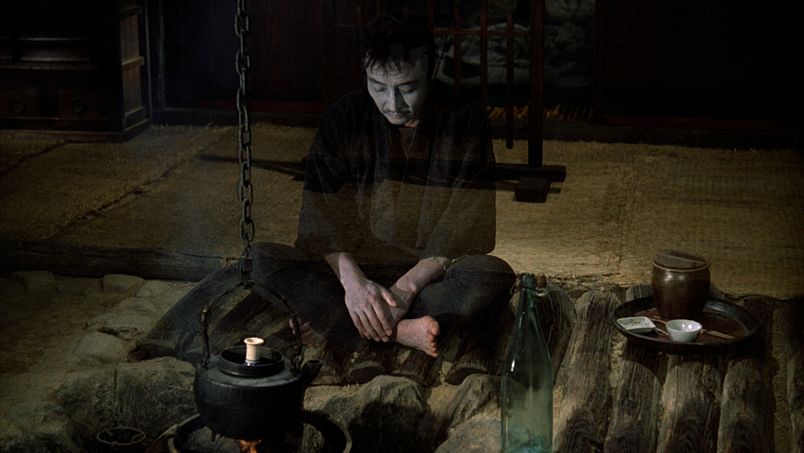
Often considered as the unofficial sequel to his notorious shocker, “In The Realm of the Senses”, Japanese New Wave leading man Nagisa Oshima’s erotic ghost film “Empire of Passion” lacks the reputation of its predecessor, but nevertheless manages to be equally impressive.
The spooky dream scene is atmospheric horror at its best. One of its most visually stunning scenes is when the ghost throws yellow leaves into a well, which is beautiful yet sentimental at the same time.
11. Lola Montes (1955, Max Ophuls)

In part I we recommend “The Earrings of Madame De…”, the masterpiece of Max Ophuls. It’s only fair to mention his other masterpiece, “Lola Montes”, his last film, on another list like this. The movie is kind of a cult phenomenon; it failed at the box office but had a huge influence on the French New Wave and became the director’s most revered work.
Famous Chicago film critic Dave Kehr called it a masterpiece, and wrote that “certainly this story of a courtesan’s life is among the most emotionally plangent, visually ravishing works the cinema has to offer.” Now we have the chance to see this widescreen technicolor film in its full glory on the Criterion Collection Blu-ray.
12. Thief (1981, Michael Mann)
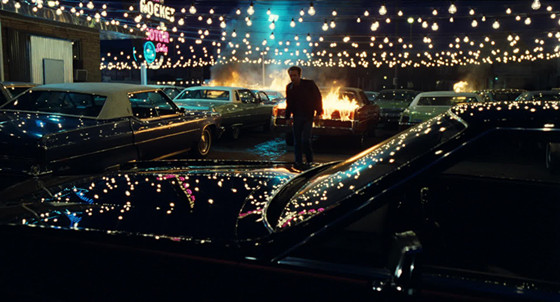
Nicolas Winding Refn’s “Drive”, one of the most visually stunning films of the last five years, was often compared to the 1978 Walter Hill movie “Driver” starring Ryan O’Neal. Both feature a quiet and skillful driver who was often involved in crime businesses.
Michael Mann’s “Thief” is an often overlooked inspiration for this postmodern classic; Refn not only borrows some of the plot, but also the cool looks of Mann’s film, especially those night scenes. You need to check out this one if you liked “Drive”.
13. The Long Day Closes (1992, Terrence Davies)
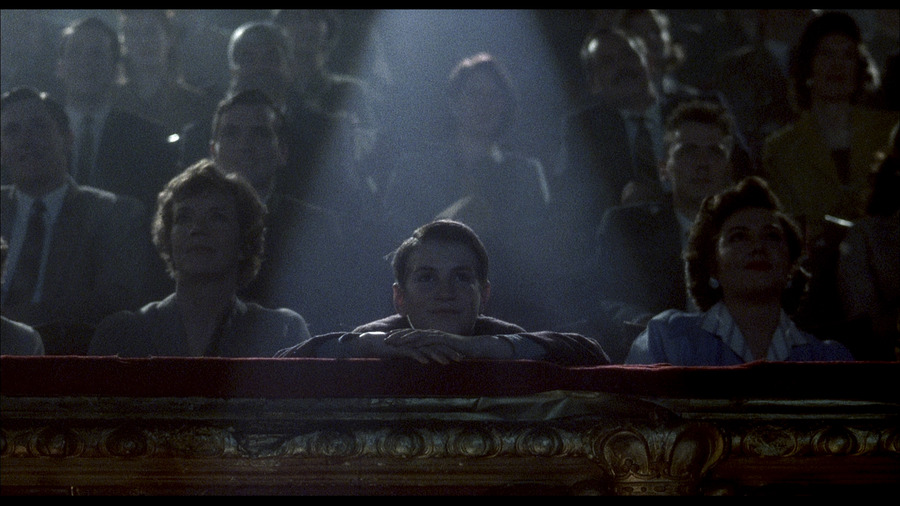
British director Terrence Davis is famous for his nostalgic and poetic films that he dedicated to his own childhood and hometown. “The Long Day Closes” is like a memoir about a shy youngster who copes with the pressures of school and home life in 1950s Britain via the local movie theater.
It really doesn’t have much of a plot, but just like “The Tales of Hoffman”, the wonderful music matches the images so perfectly that it brings you back to that time period and puts you in a nostalgic mood.
14. Kaili Blues (2015, Bi Gan)
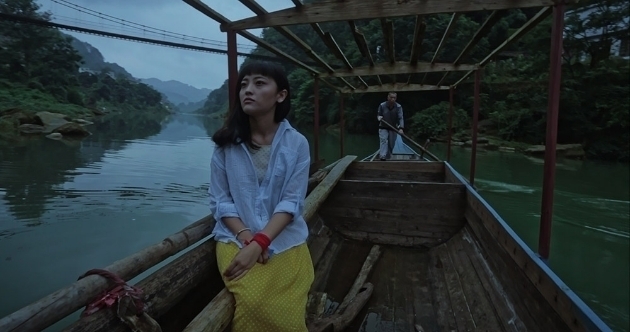
Probably the most obscure film on the list, Chinese director Bi Gan’s debut plays like the Chinese “Uncle Boonmee Who Can Recall His Past Lives”, as it deals with tropical mysticism and reincarnations. Its visuals and narrative are more like a tribute to Andrei Tarkovsky, though, as the protagonist constantly drifts among the past, now, and future.
The line between dream and reality is often unclear, especially in that incredible 40-minute long take. One bonus point include the beautiful poems narrated by the protagonist, which were written by the director himself.
15. The Bitter Tears of Petra von Kant (1972, Rainer Werner Fassbinder)
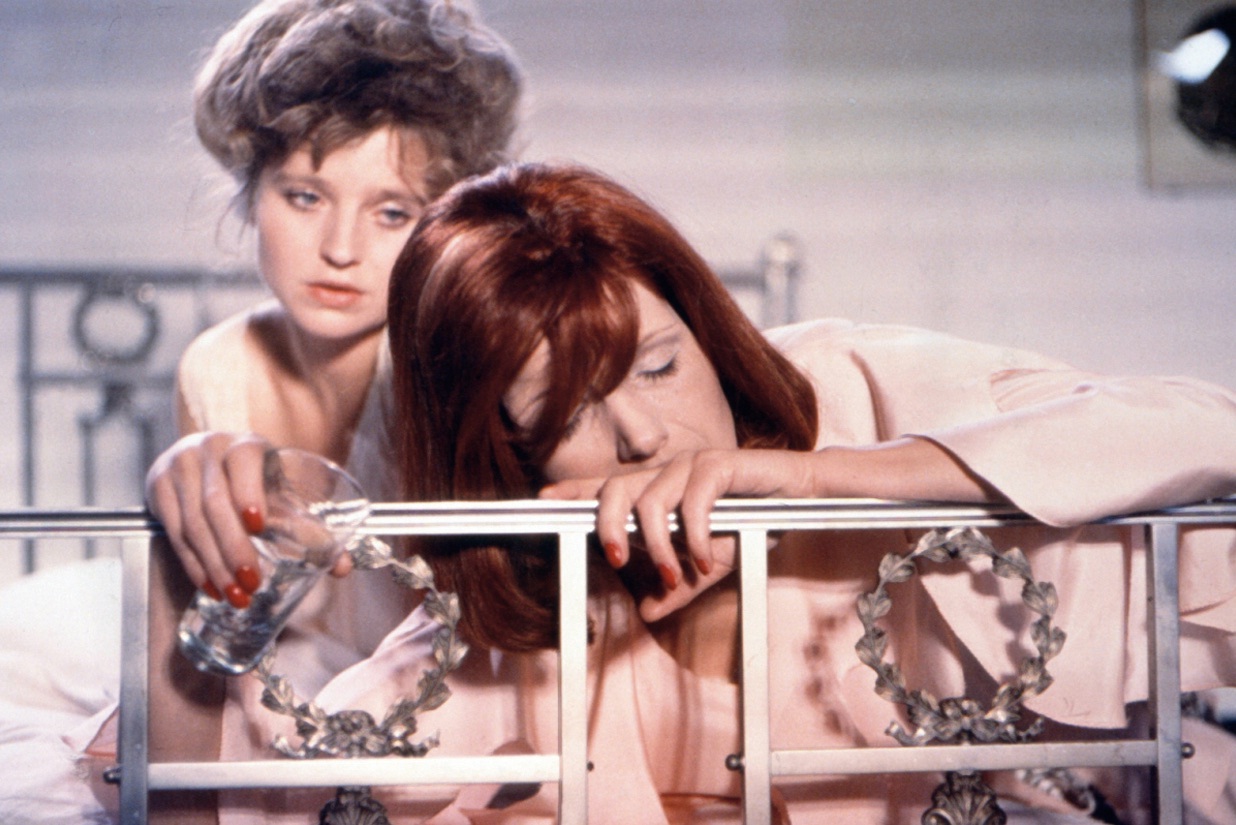
Who said a film set in a single location couldn’t be visually stunning? Legendary German filmmaker Rainer Werner Fassbinder’s “The Bitter Tears of Petra von Kant” is as beautiful as the huge reproduction of Poussin’s Midas and Bacchus in the film.
It was shot by German cinematographer Michael Ballhaus, who is famous for his collaborations with Martin Scorsese. The camera slowly travels through the room, observing every detail of the motions and emotions; it makes you realize that it was the camera movement that defines the cinematic space, not the actual space of the set.